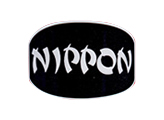Planting a new hedge
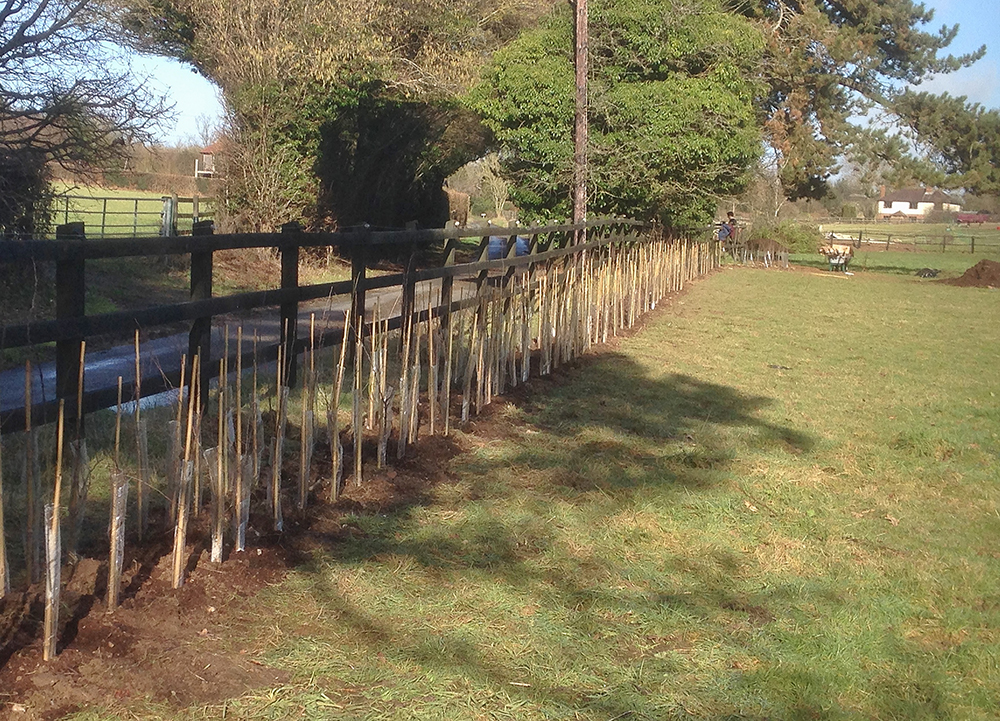 Hedges are such an important part of gardens, not only do they provide privacy and screening, but also they divide, enclose and add essential structure. When you think about it they are perhaps the most familiar feature in gardens of all sizes, and one of the longest lasting. We sometimes forget that they consist of shrubs which need to grow well year after year to deliver good looks and the effect we desire. These plants are in close competition for water and nutrients and, although they may be trimmed regularly, they are given little extra care. Therefore it is really important to give them the best possible start in life to ensure success.
Hedges are such an important part of gardens, not only do they provide privacy and screening, but also they divide, enclose and add essential structure. When you think about it they are perhaps the most familiar feature in gardens of all sizes, and one of the longest lasting. We sometimes forget that they consist of shrubs which need to grow well year after year to deliver good looks and the effect we desire. These plants are in close competition for water and nutrients and, although they may be trimmed regularly, they are given little extra care. Therefore it is really important to give them the best possible start in life to ensure success.
When to plant
Container-grown hedging plants can be planted at any time of the year, although planting from autumn through to early spring is ideal, when the plants are not in active growth. During this period bare root hedging plants are also available. These are deciduous shrubs such as hawthorn, blackthorn, hazel, spindle and other British natives, perfect for country garden hedges.
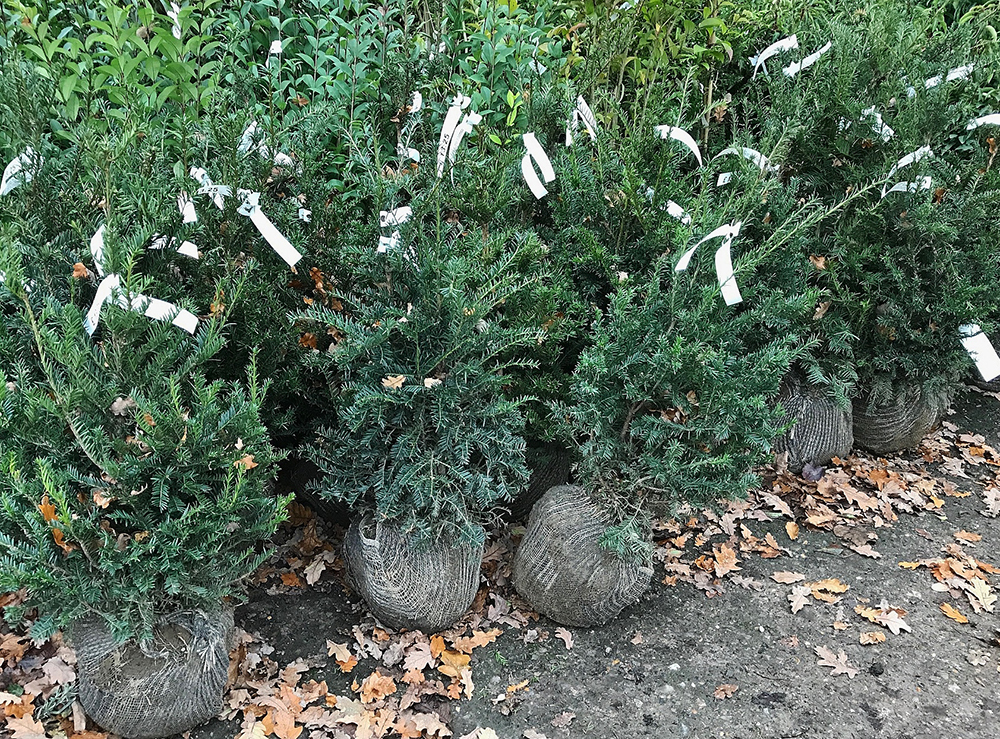
Larger evergreens such as yew, laurel and thuja are also available during the winter months as root-balled plants, lifted from the field. These are good value and offer larger options for more instant results. They have suffered more root disturbance than container grown plants, so careful planting is all the more important.
What to choose
Always choose the right hedging subject for the situation, whether shady or sunny, sheltered or exposed. For example Elaeagnus x ebbingei, a fast growing evergreen, is excellent in an exposed, coastal situation, but poor when grown in shade. Portugal laurel, Prunus lusitanica on the other hand thrives in shade and is also excellent on chalk soil, where the cherry laurel, Prunus laurocerasus may struggle.
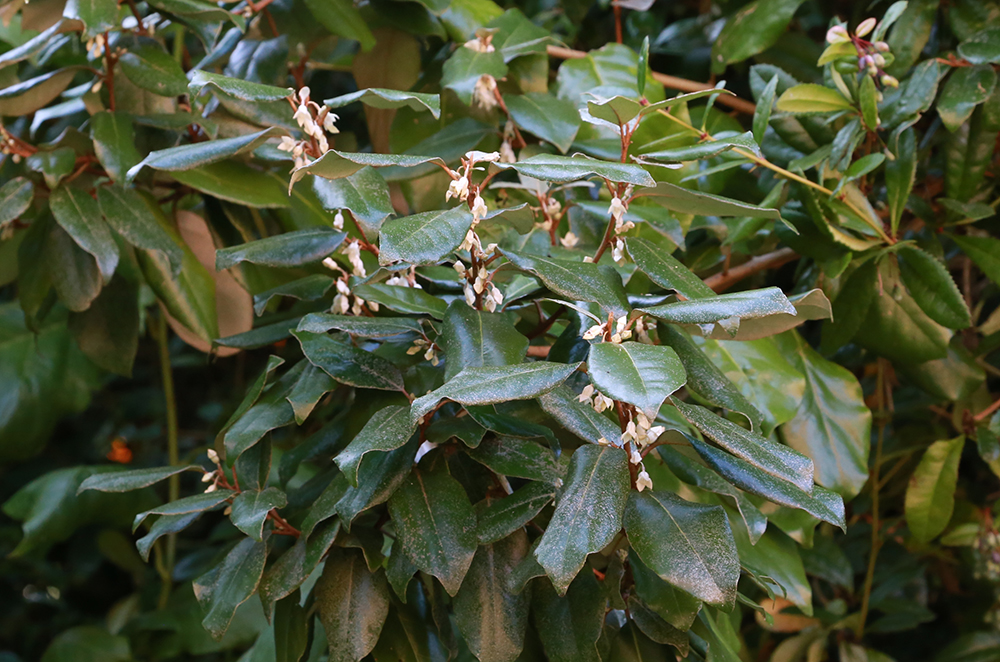
Always choose the right subject for the height of hedge you are planting. Low hedges need compact shrubs, tall hedges need more vigorous ones. Western red cedar, Thuja plicata, is an excellent choice for a taller hedge of 1.8m (6ft) or more. For a shorter hedge English yew, Taxus baccata would be a better choice; it will make a magnificent tall hedge, but it takes longer.
The secret of success with any hedge is to start trimming when the plants reach half the desired height. The earlier you start to prune, the lower the plants will branch and the thicker the hedge will become.
Planting distance
The spacing of plants in a hedge depends upon the subject. However it is really important not to overcrowd them. Although dense planting may give quick results it may lead to overcrowding and poor growth in the long term.
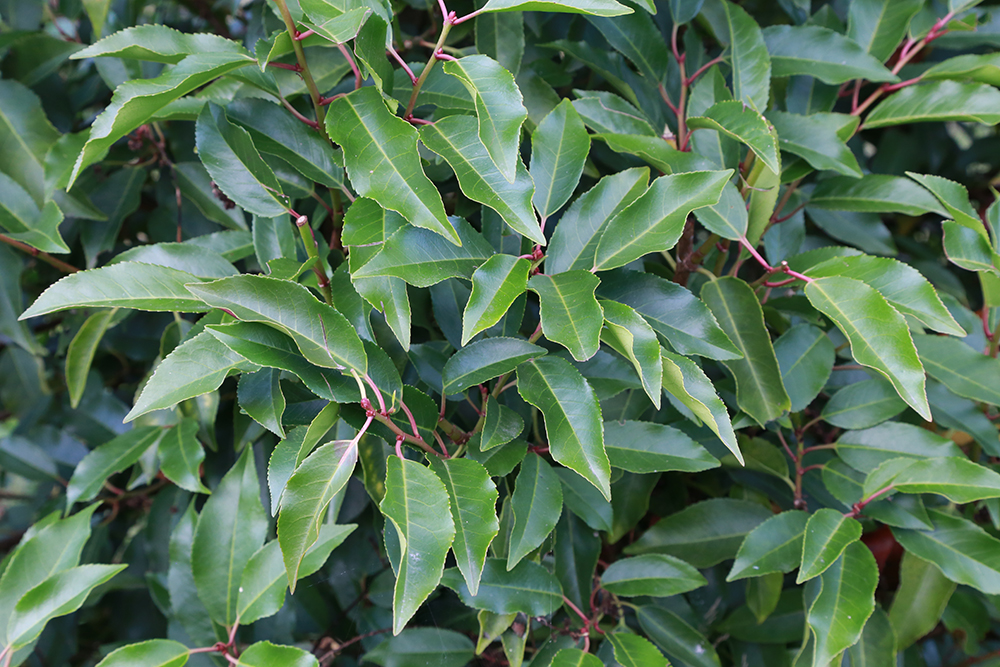
Many on-line hedging suppliers recommend large quantities of smaller plants per linear metre: beware, those small plants need space to grow.
As a general rule, larger evergreens, such as yew, laurel, thuja and elaeagnus should be planted 0.5 – 1 metre apart.
To plant a hedge of hawthorn or mixed native subjects, plant bare root transplants in two parallel rows 60cm apart, spacing the plants 60cm apart in the rows. This gives a double row allowing the individuals more space.
How to plant
Good ground preparation is essential. Dig over the site thoroughly and incorporate plenty of garden compost or other organic matter. Remove any weeds and other debris from the ground.
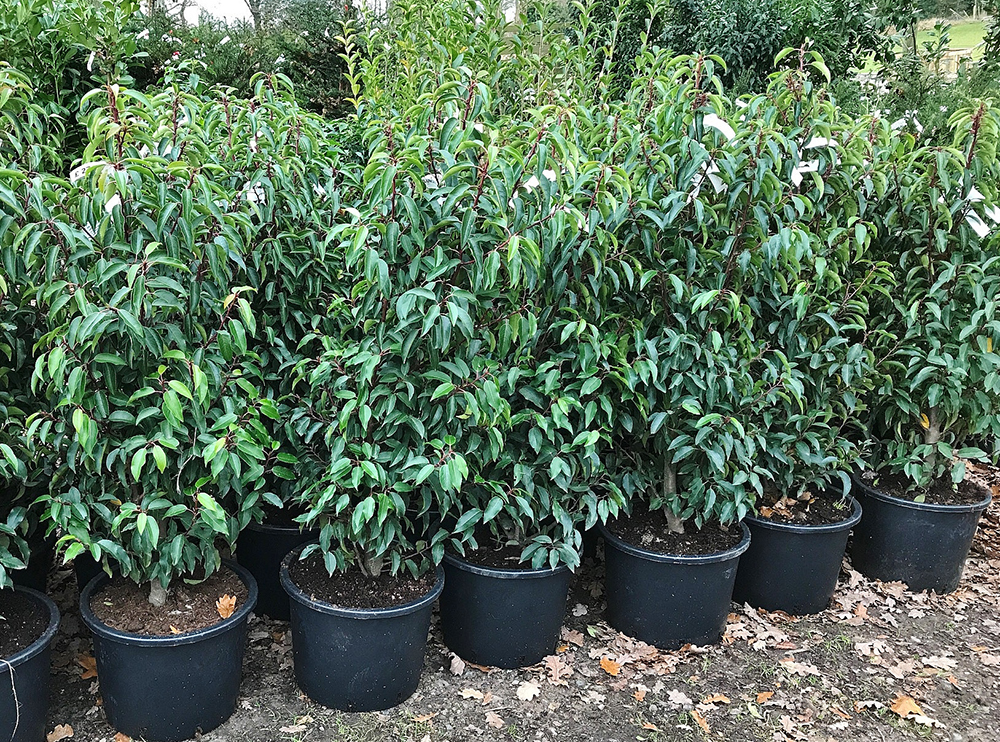
Water container-grown plants thoroughly in their pots before planting. Bare root plants should be soaked in a bucket of water for an hour or so prior to planting, especially if the roots appear dry.
Now dig your planting holes to the right depth. Container grown and rootballed plants should be planted so that the surface of the rootball is very slightly below the surface of the soil when firmly planted. Do not bury them too deeply. The roots must be kept intact, if plants are rootballed in sacking (they normally are) this should be left in place, it will rot in the ground after planting.
The roots of bare root transplants can be spread out in the planting hole. Make sure those holes are large enough to allow this to happen.
This is where you can give your plants a little extra help. A generous sprinkle of Vitax Rootmore around the roots in the planting hole aids establishment. This consists of mycorrhizal fungi which form a mycelium that grows in association with the plants roots, helping it to absorb water and nutrients and grow strongly. It is especially beneficial with bare-root and root-balled plants.
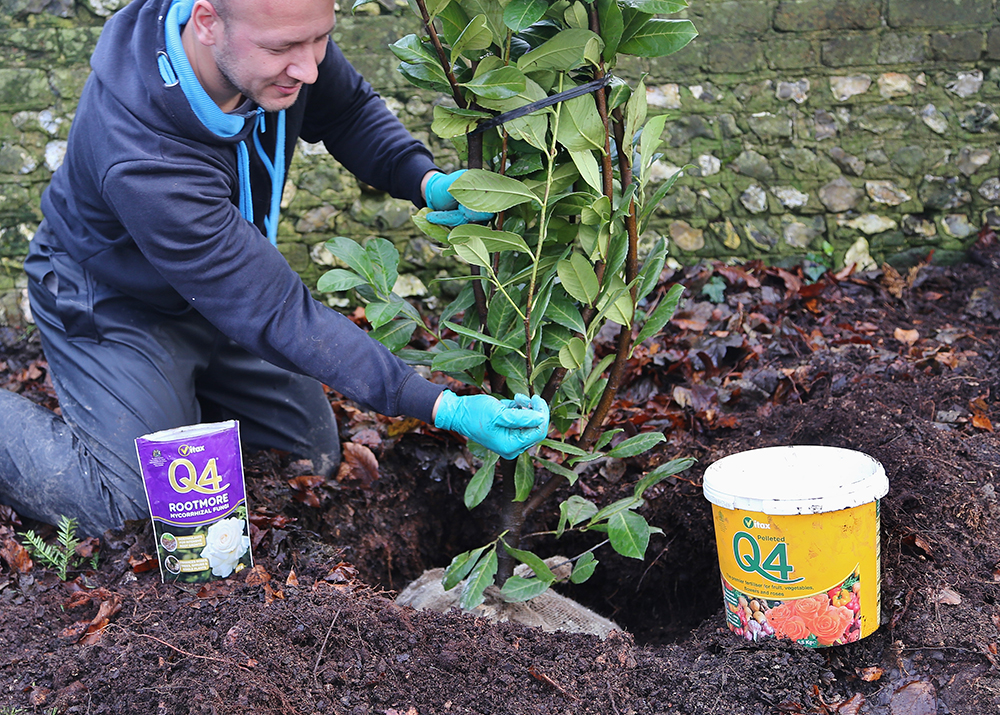
Add a good handful of Vitax Q4 fertiliser to the soil you will use to backfill the hole. This provides all the nutrients the plants need for strong root development and growth during the first part of the growing season.
Really firm the soil around the roots and water thoroughly.
Aftercare
Remember to check newly planted hedging to ensure it stays firm in the ground, especially after strong winds. Regular watering during the first growing season is essential. A porous pipe laid along the hedge-line, covered with bark chips may make this easier and is well worth considering.
An annual application of Vitax Q4 in early spring will maintain your hedge as an attractive feature in your garden for years to come.
Andy McIndoe for Vitax
Your login details have been used by another user or machine. Login details can only be used once at any one time so you have therefore automatically been logged out. Please contact your sites administrator if you believe this other user or machine has unauthorised access.







